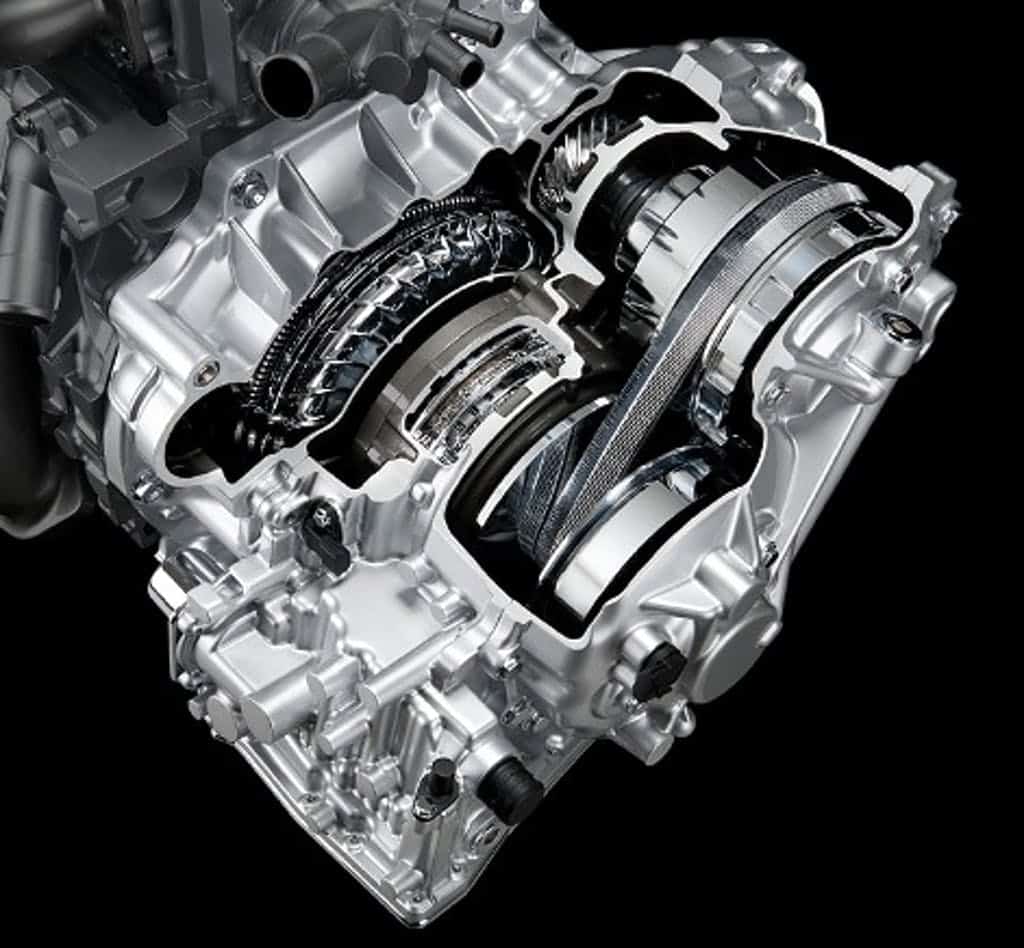Continuously Variable Transmission (CVT) is one of the vehicle’s technological advancements. As a result, this change has made significant improvements.
The CVT works like an automatic shifter.But it has a single-speed transmission.
Most individuals wonder how long do CVT transmissions last? This article elaborates on that.
What is a CVT transmission?

The conventional automatic transmission is more popular than CVT. But, they both operate the same way. You need to move the shift lever of your car from “P” to “D” to drive off. The difference between the two transmissions starts there.
The standard automatic transmissions have gears. They assist in transmitting engine power to the other parts of the car. This power transmission to the wheels helps in smooth running. They have a certain number of gears, known as “speeds.” For example, you will hear someone talking of “6-speed automatic transmission.”
In such vehicles, every gear is suitable for a specific range of speed only. As a result, the transmission keeps on shifting up through the gears as you keep accelerating. It starts from gear one, then shifts to two, three, and so forth.
But, a CVT transmission has no gears. Instead, it has two pulleys that have a variable width, joined by a belt. One pulley enters the engine, while the other one connects to the wheels.
Due to its variable width, the speed changes depending on the power needed by the car. This functionality gives it the term “Continuously Variable Transmission.”
As a result, you don’t feel gear shifts while driving a CVT vehicle. Instead, you only notice engine speed changes, thus giving you a smooth driving.
Besides, it takes the ideal speed for any situation and maintains it constant. The constant speed doesn’t change even if you speed-up the car.
Although CVT gives you a high acceleration rate, it’s not suitable for cruising.
What’s The Weakest Point of A CVT?

To the understanding of how long CVT transmissions last, check its weakest point. One, its mechanical structure is not perfect and sophisticated. This imperfection is because it is still a new technology.
The CVT has an inch steel chain, which is the main power transfer route. It transfers power to all parts of the vehicle, from the engine.
However, in case this chain breaks down, the transmission stops functioning. As a result, the car will get stuck, thus causing inconveniences.
In case of a chain fail, the chain shatters into pieces. Also, it leaves shrapnel all over, thus causing a lot of mess. This fail is the weakest point of this transmission due to the damage it causes.
Although a traditional auto shifter also fails, it doesn’t result in such a mess. It may have burnt out clutches, cracked sun shell, or worn-out valves. But it doesn’t get messy as the metal shrapnel does.
Besides, when a CVT transmission fails, there are few repair services shops. This challenge makes the situation even more complicated. It is also a weakness of this transmission.
Which CVT Transmission Brand Is The Most Reliable?

In the modern market, there are various models of the CVT transmission. However, CVT models vary in many aspects. For instance, some have a prolonged lifespan, while others perform better. So, for you to know how long CVT transmissions last, you should check various models.
Honda CVT models are some of the most reliable. Also, they have the longest life expectancy. As a result, they serve you better and give you an extended period of smooth driving.
But, the manufacturers of CVT transmission are always on the move to improve it. So, newer CVT models across the brands are more improved than the previous models.
What Steps To Take To Increase The Lifespan Of CVT Shifter?

The primary determinant of how long do CVT transmissions last is the way you maintain it. Proper care of the CVT transmission gives it a prolonged life expectancy. But, this technology has been improving from time to time.
The primary determinant of a CVT lifespan is the way you maintain it. Proper care of the CVT transmission makes it more durable.
However, advancement in this technology has extended CVT’s lifespan.
Regular change of transmission fluid is crucial. It improves your CVT.
So, you should change your CVT transmission fluid every 30,000 kilometers.
This fluid change is essential in giving the power transfer chain clean and fresh oil. As a result, it improves and lengthens its functionality.
The climate and environment you drive in also determine the oil change frequency. If you drive in hot and dusty areas, you should change your oil more often.
The proper use of this transmission also increases the CVT shifter life expectancy. For instance, their design and chain are more suitable for low-powered engines. So, if used in a small motor and vehicle, the transmission works best and lasts longer.
Besides, you need to be taking your vehicle for check-ups more often.
Problems for CTV Transmission
CVT technology is not perfect since it is still new.
So, it has some problems, hence making it not so reliable.
But, these problems differ from different models. As a result of advancements taking place, the issues are reducing.
1. Honda CVT problems
Change of transmission fluid is not essential. The argument is by on Honda vehicle producers.
However, this information is misleading. Change of this transmission liquid prolongs the CVT’s life.
Honda CVTs are less durable and reliable. So, they need regular repairs for an extended lifespan.
The repairs in question are expensive. You need thousands of dollars to make the necessary replacements. As a result, it is costly.
If you decide to sell the car when its transmission goes out, it gives you minimal returns. Such expenses make the transmission uneconomical, despite its low fuel consumption.
2. Nissan CVT problems
Nissan CVT has various issues that need rectification. First, it has a low-speed acceleration. As a result, the vehicle shutters and shakes while accelerating.
Overheating might be the primary reason for the shaking. Nissan model design has an inadequate transmission cooling system.
Also, CVT takes a prolonged period to speed up. Unlike geared transmission, a CVT increases to the highest power speed at a slow pace.
Although this might be a safety hazard, the sluggishness is too much. This sluggishness is frustrating, more so to other road users driving behind you.
CVT vehicles usually for whines as you drive. But, the Nissan CVT model whines more, thus making it irritating. Besides, the model rattles and clangs a lot as well.
Such features make driving less enjoyable and boring.
Conclusion
In conclusion, the CVT has many advantages. As a result, driving a vehicle with a CVT transmission becomes more convenient.
For instance, one gear power feature is fantastic. As a result, it gives you a smooth acceleration. Also, you do not experience the gear shift effect.
It senses the most suitable speed for the vehicle as you drive. Then, it allows you to operate at a constant rate.
This feature makes your driving safe. Your car maintains a speed that is safe for you at a particular place.
Besides, this transmission has an efficient fuel consumption rate. As a result, it helps you save since you only need little fuel.
But, the CVT transmission has various disadvantages as well. Not all models have programmed handling while at high speed.
Besides, the transmission becomes messy when the chain breaks up. As a result, the CVT becomes inconvenient.
The transmission also requires regular check-ups, hence not cheap.
There are few reliable transmissions to rebuild and repair service providers. As a result, it becomes more challenging to maintain transmission.
The transmission is less durable and not reliable.
But, this transmission is still new, and the manufacturers are advancing it. So, there will be an improvement on this transmission soon.








